




Ned C. and Janet C. (Bemis) Rice Professor
of Biological Engineering, MIT
MIT Koch Institute for Integrative Cancer Research
Forest White’s research is focused on quantification of protein phosphorylation-mediated signaling networks and MHC peptide presentation in normal and pathophysiological conditions. Applications include novel drug target discovery in glioblastoma, melanoma, and triple negative breast cancer, as well as analysis of mechanisms underlying therapeutic resistance and metastasis.
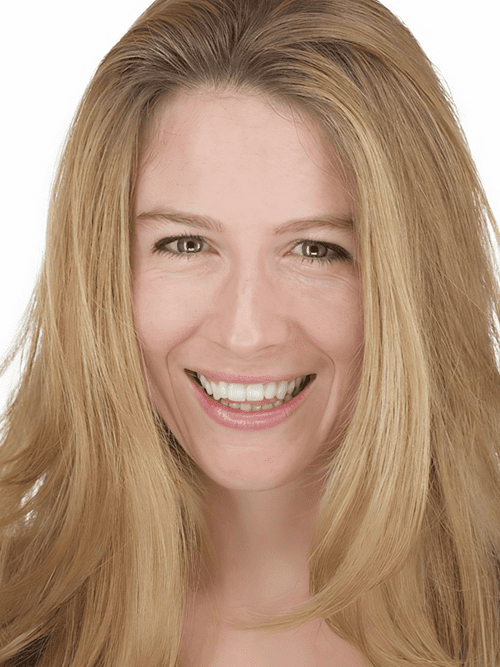
Charles A. Dana Chair in Human Cancer Genetics, DFCI
Professor of Computational Biology, DFCI and Harvard
Professor of Stem Cell and Regenerative Biology, Harvard
Franziska Michor’s laboratory investigates the evolutionary dynamics of cancer initiation, progression, response to therapy, and emergence of resistance. She has been the recipient of the Theodosius Dobzhansky Prize of the Society for the Study of Evolution, the Alice Hamilton Award, the Vilcek Prize for Creative Promise in Biomedical Science, the 36th Annual AACR Award for Outstanding Achievement in Cancer Research, and others.

Howard S. and Linda B. Stern Career Development Professor of Biology, MIT
MIT Koch Institute for Integrative Cancer Research
Stefani Spranger’s research explores how the immune system interacts with tumors to develop better cancer immunotherapies. She has been recognized as a Pew-Stewart Scholar for Cancer Research and has served as a Board of Directors of the Society for Immunotherapy of Cancer. Her work aims to advance our understanding of tumor immunity and improve treatments for cancer patients.
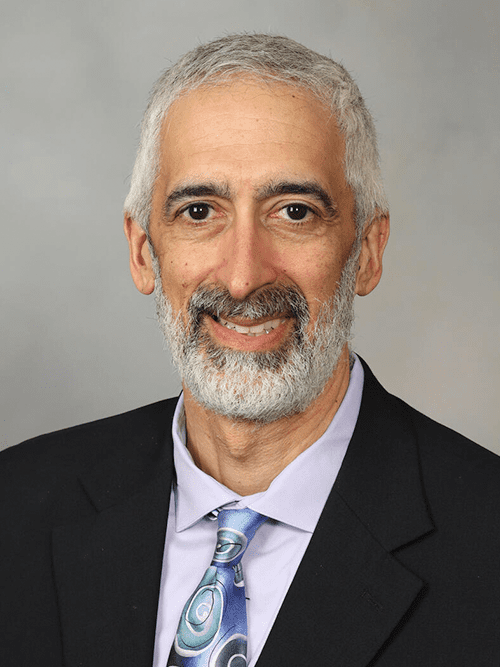
William H. Donner Professor of
Radiation Oncology, Mayo Clinic
Consultant, Department of Radiation Oncology
Jann Sarkaria’s translational neuro-oncology laboratory is focused on developing novel therapeutic strategies for people with glioblastoma (GBM) and brain metastases. Global interests in the lab include understanding the basis of resistance to chemotherapy and radiation, identifying methods to overcome therapy resistance, integration of novel signal transduction inhibitors into conventional therapies for newly diagnosed or recurrent
GBM, and use of next-generation sequencing and proteomics to guide individualized therapy for patients with GBM.
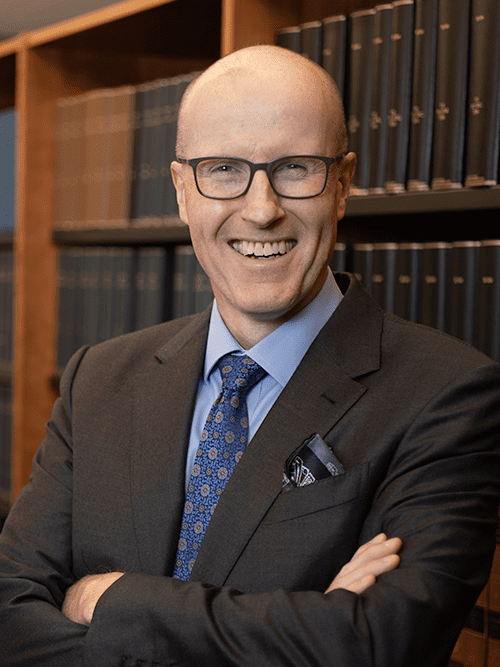
Vice Chair for Research, Department of
Neurologic Surgery, Mayo Clinic
Professor of Neurosurgery
Consultant, Department of Immunology
Ian Parney is a clinician-scientist with a large clinical practice focused on malignant brain tumor surgery, a laboratory focused on brain tumor-mediated immunosuppression and liquid biopsy, and a clinical trial program focused on novel brain tumor immunotherapies and surgical window of opportunity studies. He is an active educator who supervises neurosurgery residents clinically, mentors research trainees, is the founding Program Director for the Mayo Clinic Neurosurgical Oncology Fellowship Program, and serves on the Mayo Clinic Alix School of Medicine Admissions Committee. He holds multiple national leadership positions within neurosurgery and neuro-oncology including as an Associate Editor of Neuro-Oncology Advances and an editorial board member of the Journal of Neurosurgery.
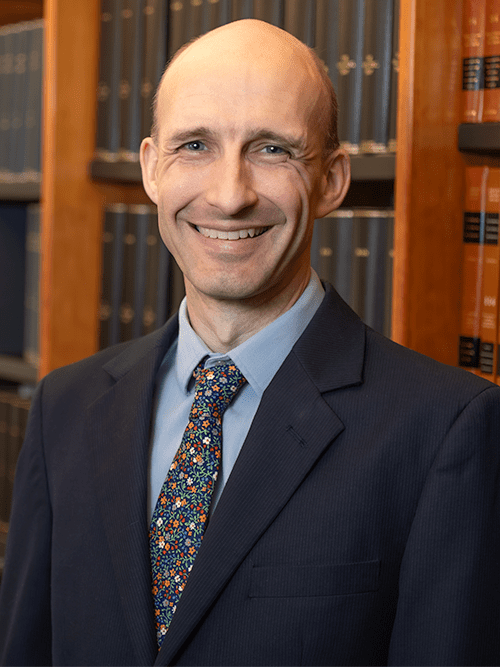
Professor of Neurosurgery, Mayo Clinic
Associate Professor of Neuroscience
Consultant, Department of Neurologic Surgery
Terry Burns’ team is focused on improving translational pipelines guided by patients’ dynamic responses to candidate therapies. Some of his clinical trials utilize Microdialysis and longitudinal CSF sampling to identify novel therapeutic vulnerabilities and mechanisms of therapeutic response. His team is also developing new device technologies and analytics to facilitate iterative individualized management of evolving disease, while maximizing quality of life.
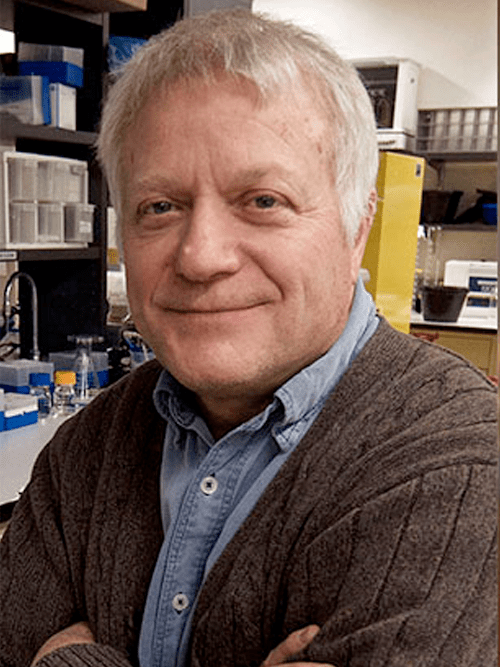
Distinguished Professor, Dept of Pharmaceutics
University of Minnesota
Director, Brain Barriers Research Center
Dr. Elmquist’s laboratory studies the biochemical and physiological determinants of drug absorption, distribution and elimination. Recent studies have focused on the role of drug transport proteins in drug distribution to target tissues. Current research examines the effect that various multidrug resistance proteins (drug efflux pumps), such as the p-glycoprotein (P-gp), and similar efflux proteins, the multidrug-resistance associated proteins (MRPs), have on drug targeting to the central nervous system (CNS). The use of molecular biology, in vitro models, intracerebral microdialysis, and gene knockout animals have been essential tools in this research.

Daniel E. Ponton Distinguished Chair in Neurosurgery at Brigham and Women’s Hospital
Associate Professor of Neurosurgery and of Radiology at Harvard Medical School
Nathalie Agar’s research aims to develop and implement comprehensive molecular diagnoses using molecular imaging with mass spectrometry approaches. This could ultimately enable surgeons and oncologists to tailor treatment from the time of surgery and allow precision cancer care. She has implemented mass spectrometry protocols in the operating room for brain and breast cancer surgery and is developing a direct mass spectrometry analysis of surgical tissue to assist surgeons and pathologists in real time tissue characterization. Her efforts to improve the management of brain tumors includes extensive imaging of the transit of therapeutics through the blood-brain barrier in animal models and clinical trial patients with correlation to non-invasive radiologic imaging and detailed pharmacodynamics.
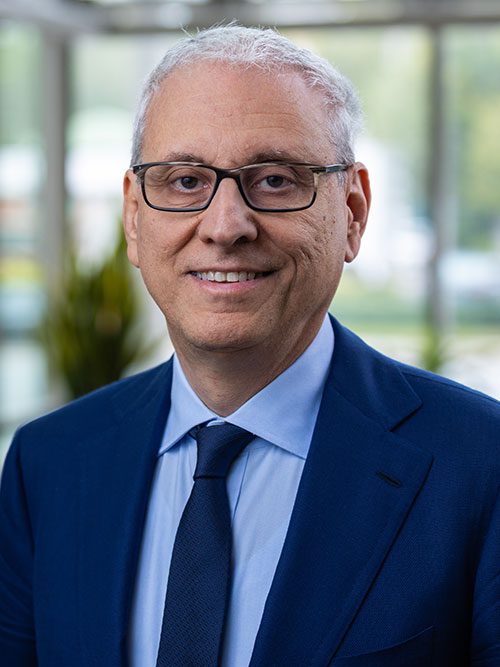
Professor of Neurological Surgery & Biochemistry and Molecular Biology, University of Miami
Deputy-Director, Sylvester Comprehensive Cancer Center
Antonio Iavarone’s team seeks to unravel the biologic and genetic alterations driving subgroups of malignant brain tumors and exploit this information for rational therapeutic stratification. The Iavarone group identified master regulators of cancer initiation and progression in distinct sub-groups of brain tumors. They discovered the first example of oncogenic and tumor addicting gene fusions in glioblastoma (FGFR3-TACC3) and reported that FGFR3-TACC3 fusions trigger tumorigenesis through activation of oxidative phosphorylation. These fusions are among the most frequent chromosomal translocations across all types of human cancer and the FDA approved the targeting of these chromosomal translocations with FGFR inhibitors. Antonio Iavarone chaired the Pan-Glioma ATLAS-TCGA Working Group and the Neurofibromatosis 1 synodos that united international researchers to formulate guidelines for accurate diagnosis and prognosis of glioma patients. By using all the computational and experimental tools at disposal, they combine innovations in both areas to continue making transformative mechanistic discoveries and provide personalized therapeutics to increasing number of patients with deadly tumor types.
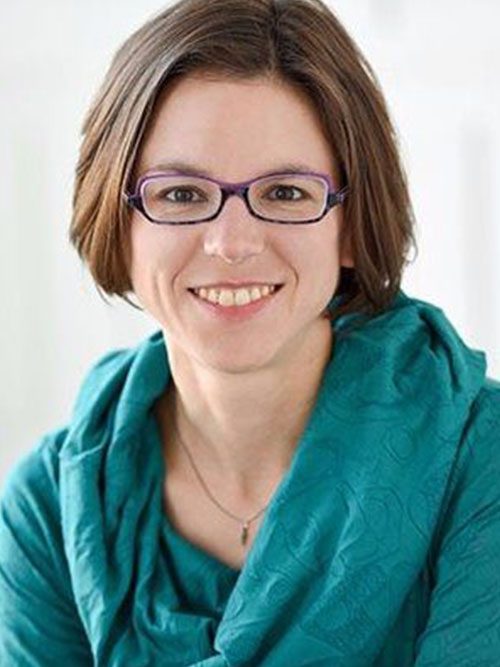
Assistant Professor of Laboratory
Medicine and Pathology, Mayo Clinic
Consultant, Dep of Laboratory Medicine
and Pathology, Mayo Clinic
Rachael Vaubel is a physician-scientist pathologist with subspecialty training in neuropathology and molecular genetic pathology. Her translational research is broadly focused on advancing novel therapies for glioblastoma, understanding drivers of therapy response and resistance, and interactions between novel and standard of care therapy. She also supports many collaborative projects using patient tumor tissues and clinical trials.
Forest White is a full professor in the Department of Biological Engineering (BE) at MIT. He is an expert in using mass spectrometry to analyze protein post-translational modifications and has been working on identification of signaling networks in brain tumors for the past decade, including the analysis of the impact of small molecule therapeutics on human tumors and GBM PDX models. Research in his lab spans from molecular/cellular biology to systems biology and computational modeling.
Dr. Michor is the Charles A. Dana Chair in Human Cancer Genetics at the Dana-Farber Cancer Institute and a Professor of Computational Biology and of Stem Cell and Regenerative Biology at Harvard University. Dr. Michor is the director of the Dana-Farber Cancer Institute Center for Cancer Evolution and her laboratory investigates the evolutionary dynamics of cancer initiation, progression, response to therapy, and emergence of resistance. The team of co-investigators assembled by Drs. White and Michor were selected to provide the necessary breadth and depth of expertise in cancer research, clinical expertise, systems biology, and computational modeling to appropriately investigate the complex nature of the dynamic evolution of the tumor – microenvironment interface.
The core research team is comprised of Dr. Stefani Spranger, an immunologist at MIT with expertise in T cell development, dendritic cell cross-presentation, and T cell exhaustion in the TME; Dr. Nathalie Agar, chemical biologist with expertise in systems biology, drug distribution, and spatial metabolomics; Dr. Jann Sarkaria, neuro-radiation oncologist at the Mayo Clinic with expertise in evaluating novel therapeutic strategies in GBM animal models and translating these to clinical studies; Dr. Antonio Iavarone, brain cancer clinical biologist with expertise in transcriptomics and systems-level analysis of brain tumors to define treatment responsive subtypes. Additional team members include Dr. Stuart Levine, head of the MIT BioMicro Center and Data Manager for this project, Dr. Terry Burns and Dr. Ian Parney, neurosurgeons whose research focuses on microdialysis for biomarkers in brain tumors and extracellular vesicles as well as the tumor-immune interface, respectively; Dr. Rachael Vaubel, neuropathologist whose research explores the efficacy of novel inhibitors in brain tumors, and Dr. Bill Elmquist, with world-class expertise in pharmacokinetics.